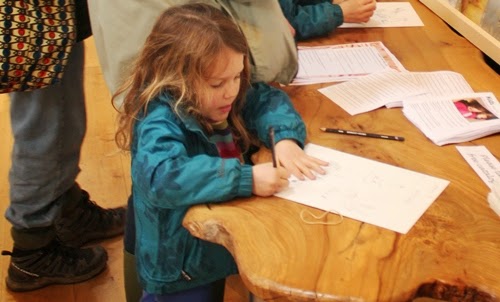Remember my post of March 3rd about the
barn owl pair I was supplement feeding?
Well the good news is
that they have laid six eggs, the last of which was laid just in time for
Easter.
I’ve been monitoring
their progress via video link from a nest cam linked to my hide. The first egg appeared
on April 1 and I have been watching each subsequent arrival with baited breath.
He would let out a soft
chittering call as he flew into the box. As she replied you could see her wings
quivering and she would tremble as he entered the nest chamber and delicately
offered her the mouse.
After she accepted each
offering, he would mate her and head back out to hunt for another.
On one occasion I
watched him present her with a mouse, and then mate her, twice in the space of
20 minutes, before, on the third occasion, she took the mouse from him and
stood up and turned sharply on him as if to say “Not this time!”
It was very exciting when
I crept into my hide on April 1 and switched on the TV monitor to spot an egg
under her belly.
After that she laid
another egg every three or four days until she had a clutch of six.
Barn owls don’t
usually start laying until the first two weeks in May, so if we are lucky this
pair might go on to lay another clutch this year.
It would make a huge
difference to local populations if they did. This month the Yorkshire Wildlife
Trust launched a campaign to save the ‘last barn owls in Yorkshire’: these
birds of prey could disappear from the county altogether if the current rate of
decline continues, so every owlet counts.
I’m so glad I decided
to supplement feed this pair as it really has worked. It is so satisfying to
see that all my day trips to feed this pair in all weathers paid off.
I found it very
rewarding too. It was so exciting going into my hide each night and turning on
the screens to count the eggs.
I’m hoping the first
egg will hatch on May Day. I can’t wait. They won’t all hatch at once and so it
will be thrilling waiting for each chick to emerge.
This is a picture of two chicks I painted some time ago. These chicks will differ
in size considerably and I’m sure there will be plenty of drama in the secret
world of the nest box.
I’ll be posting live
footage of the chicks as they hatch, so watch this space.






.jpg)














